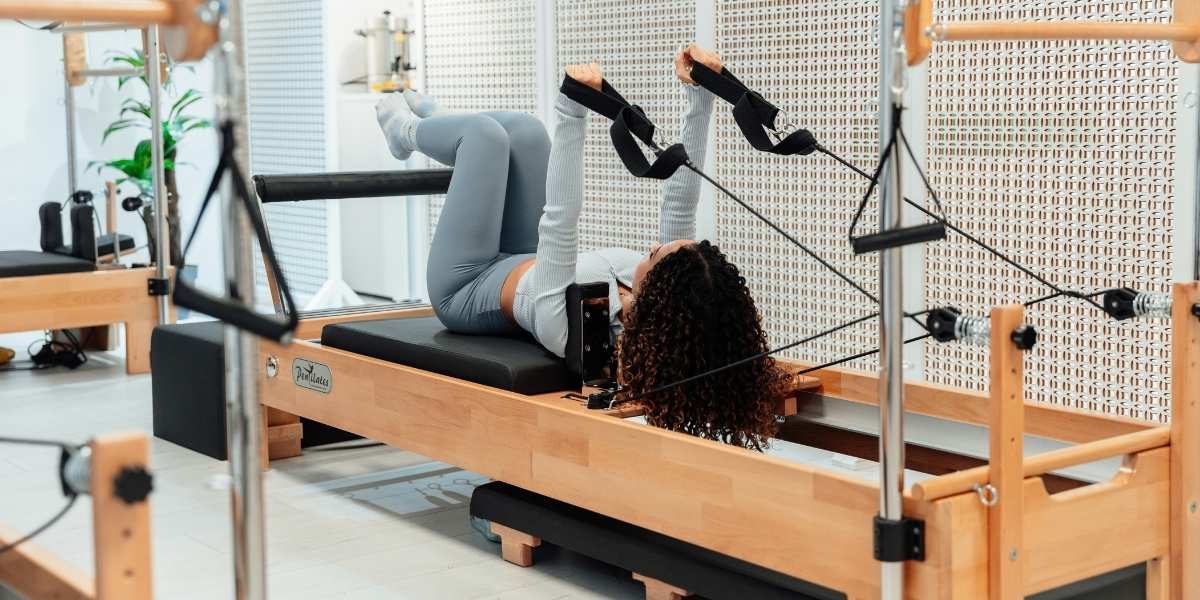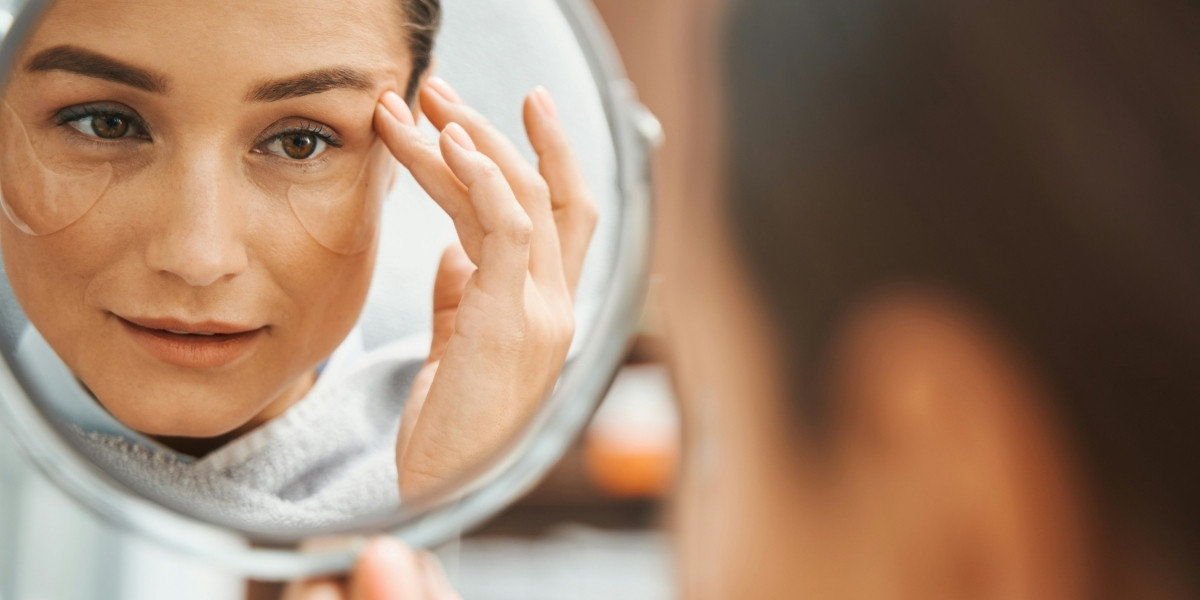In today’s fast-paced world, where hours are spent sitting at desks or staring at screens, poor posture has become a common issue. Many people are unaware of how bad posture can affect their physical health, leading to discomfort and even chronic pain. Pilates is an effective solution for posture correction, offering a combination of strength, flexibility, and body awareness that helps individuals improve their posture and maintain proper alignment.
Read Also: The Psychology Behind Exercise and Long-Term Motivation
How Does Pilates Help with Posture Correction?
Pilates focuses on strengthening the core muscles—particularly the abdominal and back muscles—while enhancing flexibility and balance. These core muscles are essential for maintaining good posture because they provide the support needed for the spine and pelvis to align properly.
Unlike some other forms of exercise, Pilates emphasizes mindful movement and alignment, teaching practitioners to become more aware of their bodies. This body awareness is critical for correcting posture, as it helps individuals understand how to align their spine and shoulders properly throughout the day. Through consistent practice, Pilates encourages better posture both during and outside of workouts.
What Are the Key Pilates Exercises for Posture?
There are several Pilates exercises specifically designed to correct posture. These movements focus on strengthening muscles that are vital for good alignment while increasing flexibility. Some of the most effective exercises include:
-
The Pelvic Curl: This exercise targets the lower back and core, helping to stabilize the spine and improve lumbar alignment.
-
The Saw: The saw stretches the back, shoulders, and hamstrings while improving spinal mobility, helping to align the upper body and correct rounded shoulders.
-
The Swimming: A back extension exercise that strengthens the upper back muscles and improves spinal extension, which helps correct slouching.
-
The Spine Stretch Forward: This exercise works on flexibility and strengthening the spine, focusing on the lengthening of the spine and maintaining proper alignment.
Each of these exercises engages key muscle groups that support posture, making Pilates a great option for those looking to improve their alignment.
How Does Pilates Compare to Other Posture Correction Methods?
Unlike traditional strength training or cardio exercises, Pilates combines both flexibility and strength training. This dual approach makes it particularly effective for improving posture. While weightlifting or other forms of exercise focus on building isolated muscles, Pilates targets deep stabilizing muscles that are often neglected in other workouts.
In addition, Pilates encourages controlled movements and emphasizes breathing techniques, which helps to engage muscles in a way that improves overall body alignment. Other methods of posture correction, such as stretching or yoga, may focus on flexibility but do not always target the specific muscle groups necessary for optimal alignment. Pilates provides a more comprehensive approach to correcting posture by strengthening and lengthening the muscles.
Can Pilates Be Used to Prevent Future Posture Issues?
One of the key benefits of practicing Pilates regularly is that it not only corrects poor posture but also helps to prevent posture-related issues in the future. By building a strong core and improving body awareness, Pilates practitioners develop habits that promote better posture throughout their daily routines.
Pilates teaches individuals to be mindful of their posture while sitting, standing, or walking. With improved posture habits, they are less likely to experience muscle imbalances or discomfort associated with poor alignment. Additionally, the strengthening of the muscles around the spine ensures that the body maintains proper alignment, reducing the risk of injuries that may result from bad posture.
How Often Should You Practice Pilates for Posture Correction?
To see noticeable improvements in posture, consistency is key. Practicing Pilates two to three times a week can yield positive results. However, for those new to Pilates or with significant posture issues, more frequent sessions may be recommended to build strength and muscle memory.
Even if you can’t make it to a Pilates class, incorporating simple Pilates exercises into your daily routine can also be beneficial. For instance, taking short breaks throughout the day to stretch or strengthen your core muscles can support posture correction and prevent tension from building up.
Is Pilates Suitable for Everyone?
One of the great aspects of Pilates is that it can be adapted to meet the needs of individuals at various fitness levels. Whether you’re just beginning to work on your posture or are recovering from an injury, Pilates exercises can be modified to accommodate your current abilities. With proper guidance from a trained instructor, anyone can benefit from Pilates, regardless of age or experience.
Even those with chronic posture problems or conditions like scoliosis can find relief through Pilates. The low-impact nature of Pilates exercises makes it an ideal choice for individuals looking for a gentle yet effective method to improve posture and alleviate discomfort.
Read Also: Fitness for Every Goal: Tailoring Your Workout Routine
The Long-Term Benefits of Pilates for Posture
The benefits of Pilates for posture correction extend far beyond the physical improvements. As posture improves, individuals often notice a reduction in pain, particularly in the neck, shoulders, and lower back. Over time, good posture can also enhance confidence and self-awareness, contributing to overall well-being.
Additionally, regular Pilates practice helps to reduce stress and tension in the body, leading to a greater sense of relaxation and comfort. By fostering better posture habits, Pilates creates long-term changes that can improve your quality of life.





